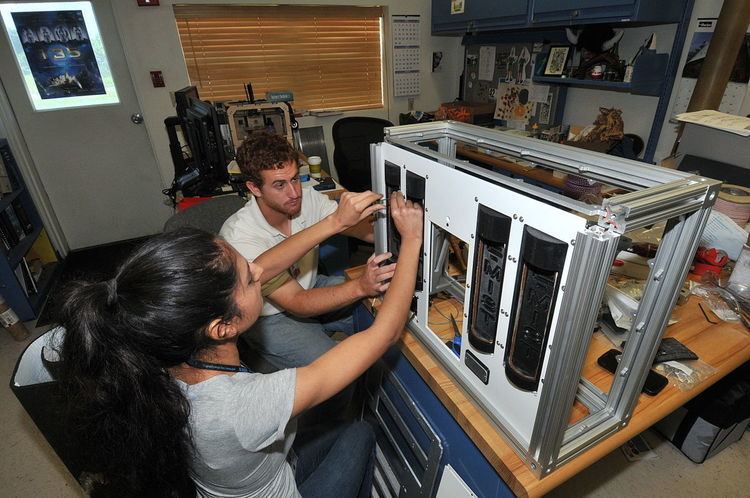 | ||
Exposing Microorganisms in the Stratosphere (E-MIST) is a NASA study to determine if microorganisms could survive conditions like those on the planet Mars. The study will transport bacteria by helium-filled scientific balloon to the stratosphere of Earth and monitor the ability of the microorganisms to survive in such extreme Martian-like conditions.
Contents
Overview
Microorganisms of every major biological lineage have been detected in Earth's upper atmosphere. If microbial metabolism, growth, or replication is achievable, independent of Earth's surface, then the search for habitable zones on other worlds should be broadened to include atmospheres. Moreover, measuring the endurance of spacecraft associated microbes at extreme altitudes may help predict their response on the surface of Mars and enhance planetary protection procedures.
The environmental conditions in the upper atmosphere resemble the surface conditions of Mars, especially in the stratosphere—10–50 km (6.2–31.1 mi) above sea level—that exhibits extreme cold, low pressure, desiccation, oxidation, and higher solar irradiation.
Beyond investigating viability alone, concerns of whether microorganisms can survive deep space conditions and potentially be transported to other planets, such as Mars, has long been a concern to scientists. To further this understanding, it is necessary to determine if there is a genomic effect that occurs with survival in this extreme environment. Analysis of RNA could provide valuable insight into the functional effects on surviving microorganisms. For instance, this approach could help identify genes associated with repairing damage to the cell envelope, genome, and core metabolic proteins.
Gondola
The 80-pound gondola features four doors that rotate to expose up to 10 experimental samples each for a predetermined period of time. To terminate the flight, an explosive charge will detonate, tearing a hole in the balloon. E-MIST and other science payloads attached to the balloon's gondola will return to Earth under a parachute, where waiting researchers will recover biological samples for analysis.
